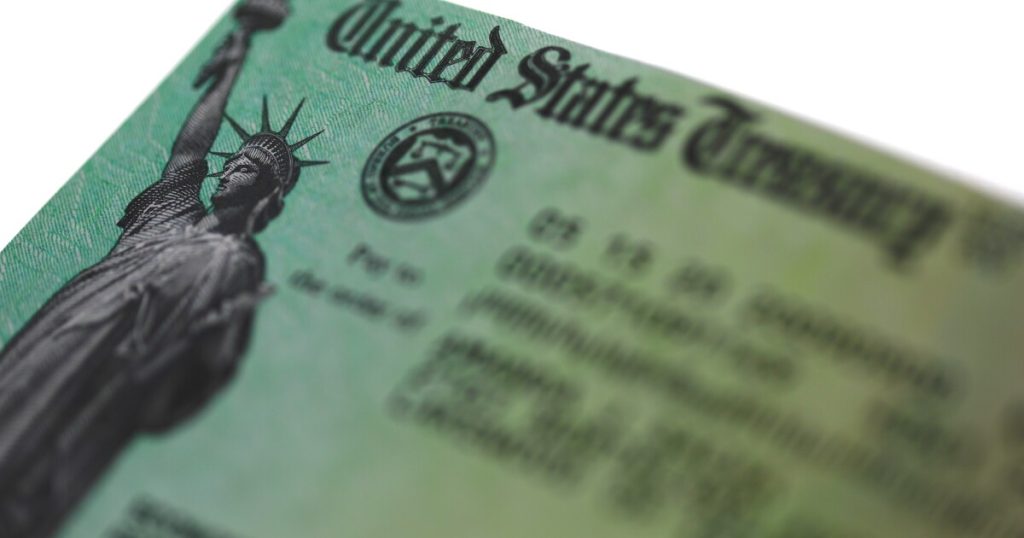The American Bankers Association on Wednesday launched a new online platform to help member banks more easily verify government checks and their payee information. The service creates a centralized point of access to the U.S. Treasury Department’s existing Treasury Check Verification System (TCVS).
“We’re excited to offer this new tool in the banking industry’s ongoing fight against fraud, and we appreciate the Treasury Department’s support for this new platform,” said Rob Nichols, ABA President and CEO. “Banks accessing the TCVS through ABA will be able to spot potentially fraudulent government checks in real-time, which will help protect taxpayers, banks and the federal government from millions in fraud losses.”
Enhanced verification with payee name validation
The new ABA platform offers a key enhancement: the ability to confirm payee name, a feature not available through the U.S. Treasury’s
Banks traditionally accessed payee name validation only through the U.S. Fiscal Service’s secure TCVS API, which requires financial institutions to build a direct connection and integrate it into their systems, a process that can take months. The ABA’s new platform bypasses this complex direct API integration, offering payee validation without the need for banks to develop their own API integrations.
Robert Voets, vice president of financial crimes investigations at Ion Bank, praised the new system.
“Our customers bring us government checks every day, and thanks to this new tool, we will be able to quickly and easily verify critical information including dollar amount and payee,” Voets said. “This is a major step forward in our fight against fraud.”
The platform allows banks to verify various government-issued checks, including Social Security benefits, tax refunds, federal paychecks, economic stimulus payments, Veterans Affairs (VA) benefits, and federal loan disbursements.
When a bank enters check details (symbol number, serial number, check amount and routing number), the system connects to TCVS and returns the check status and payee name if available. Possible return scenarios include “Check Issued,” “Check Paid/Reconciled,” “Check Expired,” “Check Cancelled,” or “No Match / Check Not Found.”
The system also indicates if the amount does not match Fiscal Service records.
The new tool’s launch comes after Treasury disclosed a significant cybersecurity breach in January.
In that incident, which took place in December, hackers sponsored by the Chinese state breached Treasury systems by compromising a third-party software vendor, BeyondTrust. The attackers gained access to a key that secured a cloud-based service used for remote technical support, allowing them to access some unclassified documents.
he December breach put a spotlight on the risks associated with third-party vendors, a concern that has been emphasized by regulators, and put banks on edge about the security of the data they provide to regulators.
While the ABA in this case is acting as a third party providing a service to banks, its new platform serves as an access point to the Treasury’s own verification system rather than a technology vendor that is integrated into a bank’s internal systems.
Access for member banks
While TCVS is publicly available as a web app, the TCVS API is
ABA’s TCVS-based service is available to ABA member banks.
ABA’s tool requires users to be employed at an ABA member bank and log in using an aba.com account associated with their bank-issued email address. Users validate their bank affiliation by entering an access code sent to their email.
While TCVS assists in decision-making regarding check validity, ABA said the determination of whether to negotiate a Treasury check remains the responsibility of the end-user financial institution.
The Fiscal Service updates the information available in TCVS once a day, not in real-time, and does not warrant the data or accept liability for any inaccuracies. The ABA’s service functions as a connection between ABA and TCVS and does not integrate into a bank’s internal systems. Each check must be verified individually through the portal.

